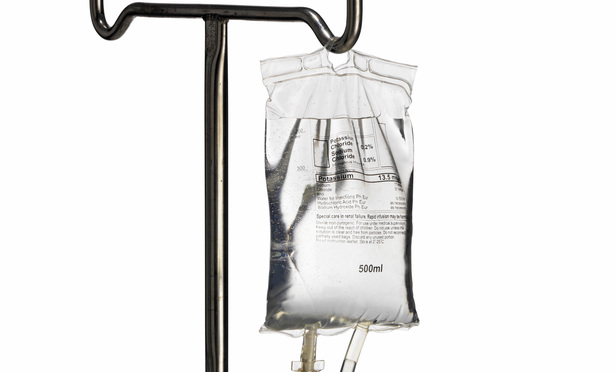Parties to a workers’ compensation case are always looking for ways to better treat the injured worker and get him or her back on the job. If conservative treatment fails to provide injured workers relief, they can receive some form of pain management treatment if the authorized treating physician believes the treatment will reduce pain.
Typically, injured workers can receive cortisone injections to help relieve pain and inflammation. This type of injection contains corticosteroid medication and a local anesthetic. Cortisone/corticosteroid injections are not without complications, which include, but are not limited to, deteriorating of cartilage in the joints, joint infection, nerve damage and tendon weakening. See “Cortisone Shots Risks,” Mayo Clinic, mayoclinic.org/tests-procedures/cortisone-shots/details/risks/. Additional injections can produce paralysis, hemorrhage, hematoma, spinal cord embolisms and septic aseptic meningitis. See Brian A. Lemper, et. al., “Chronic Pain Management and Pregnancy a Platelet Rich Plasma Epidural Case Study,” American Association of Orthopaedic Medicine.
This content has been archived. It is available through our partners, LexisNexis® and Bloomberg Law.
To view this content, please continue to their sites.
Not a Lexis Subscriber?
Subscribe Now
Not a Bloomberg Law Subscriber?
Subscribe Now
LexisNexis® and Bloomberg Law are third party online distributors of the broad collection of current and archived versions of ALM's legal news publications. LexisNexis® and Bloomberg Law customers are able to access and use ALM's content, including content from the National Law Journal, The American Lawyer, Legaltech News, The New York Law Journal, and Corporate Counsel, as well as other sources of legal information.
For questions call 1-877-256-2472 or contact us at [email protected]



